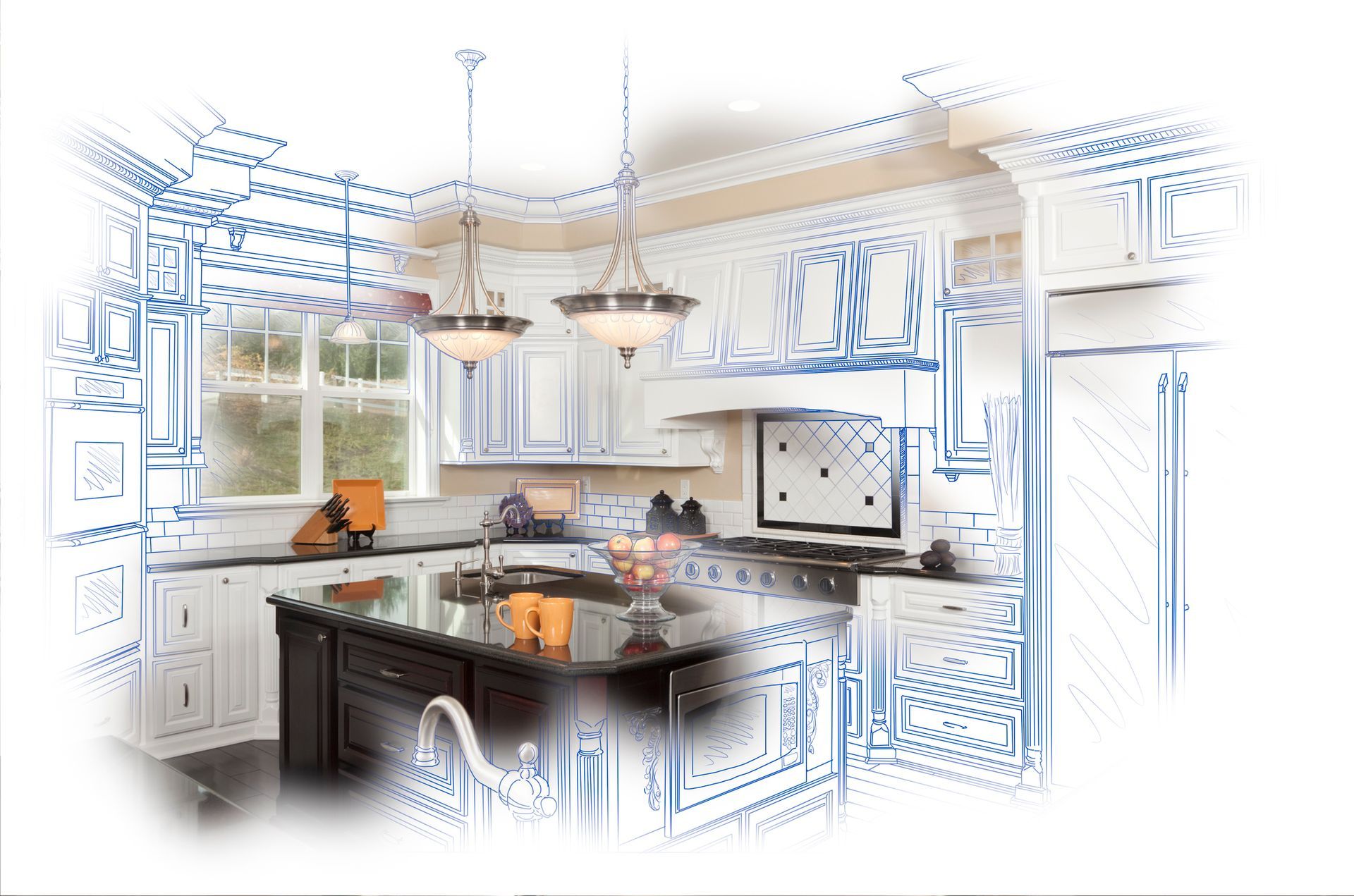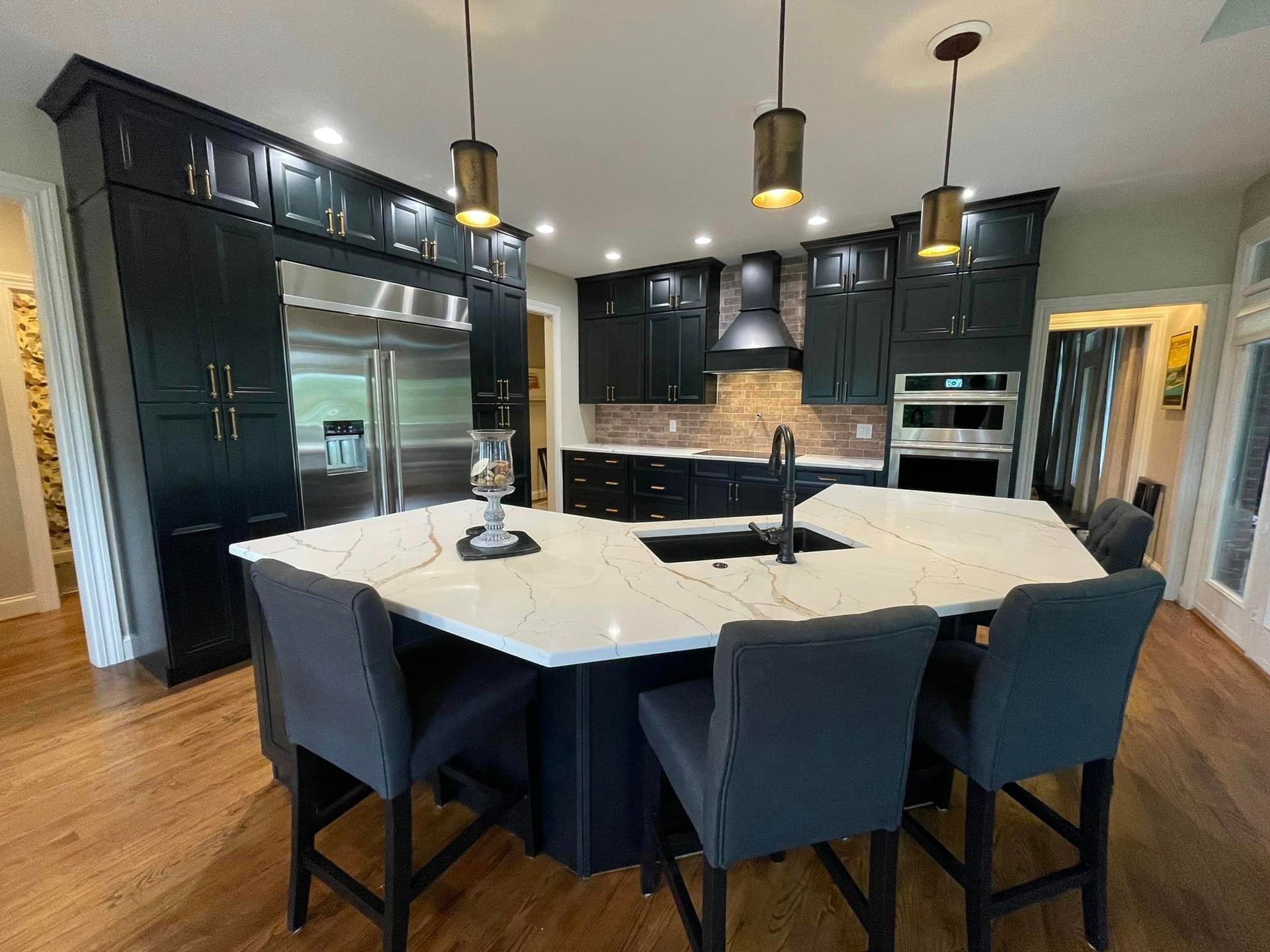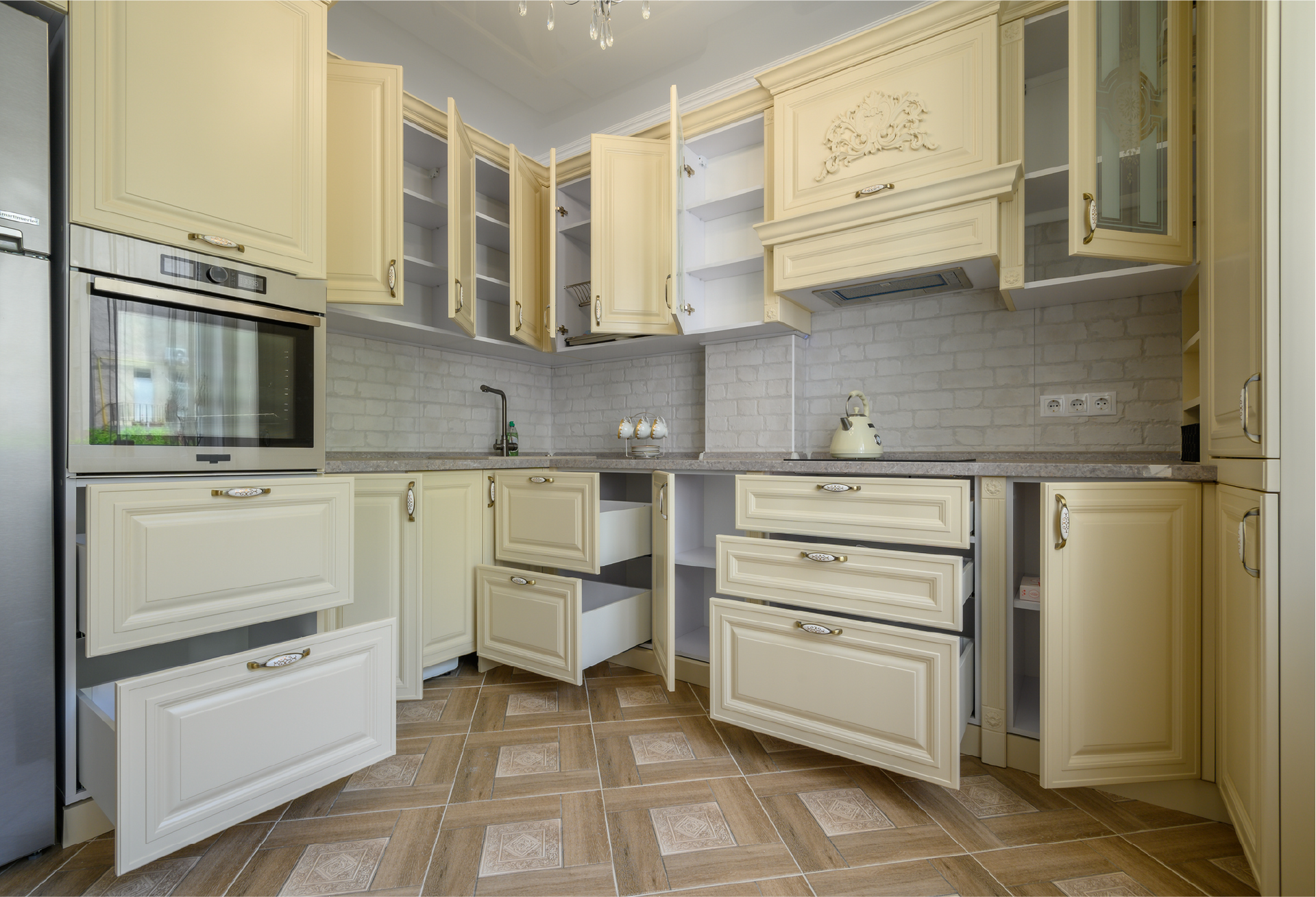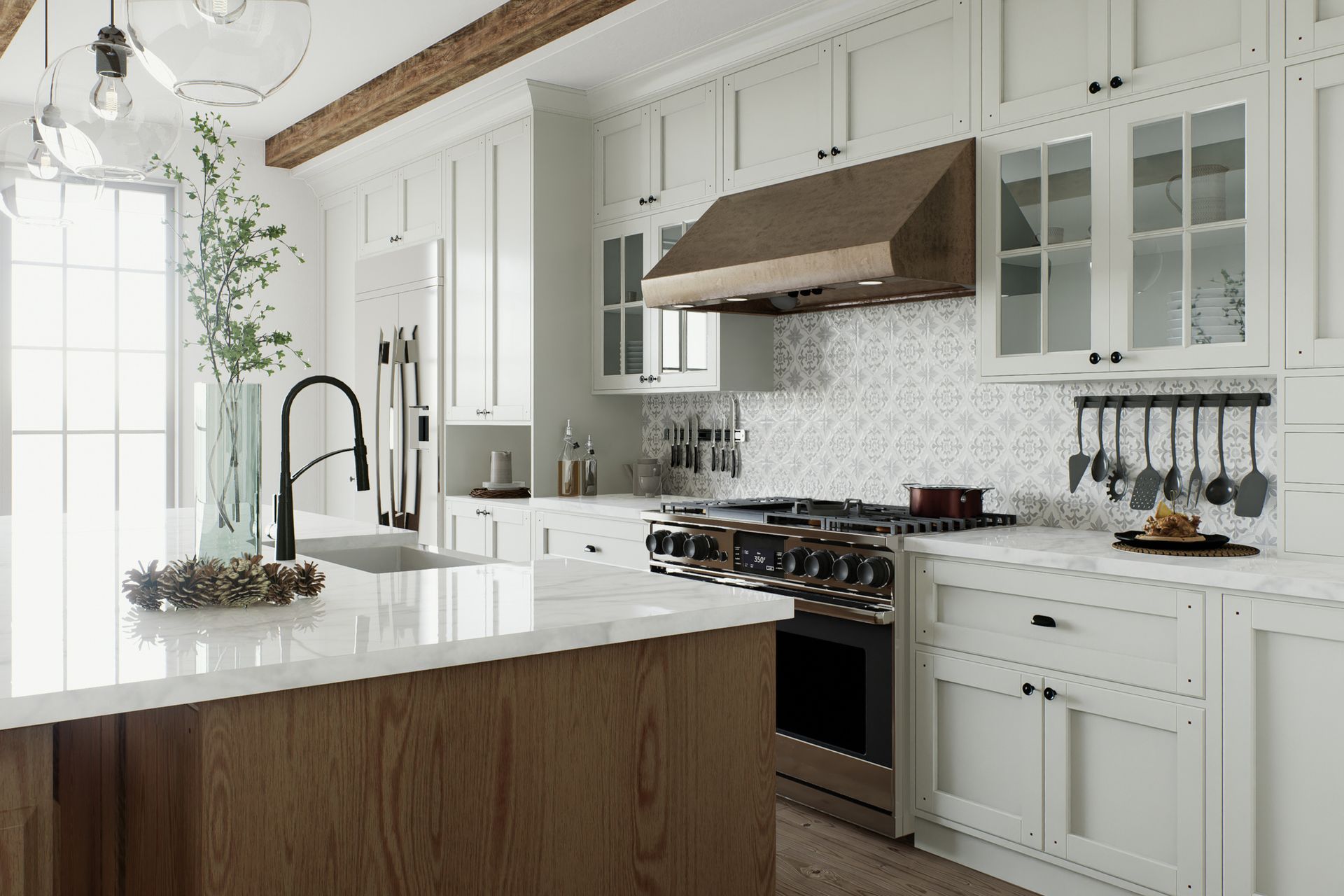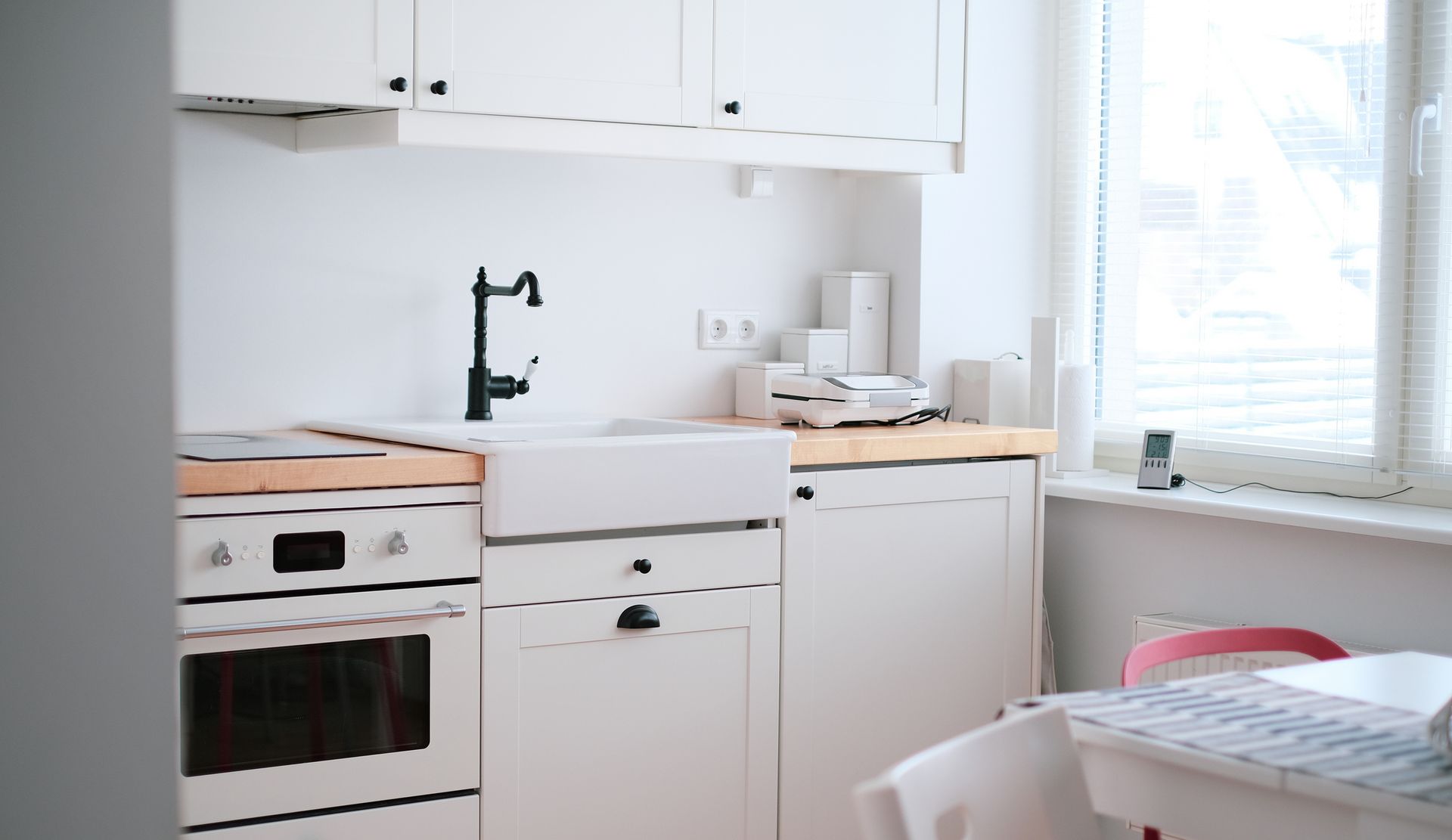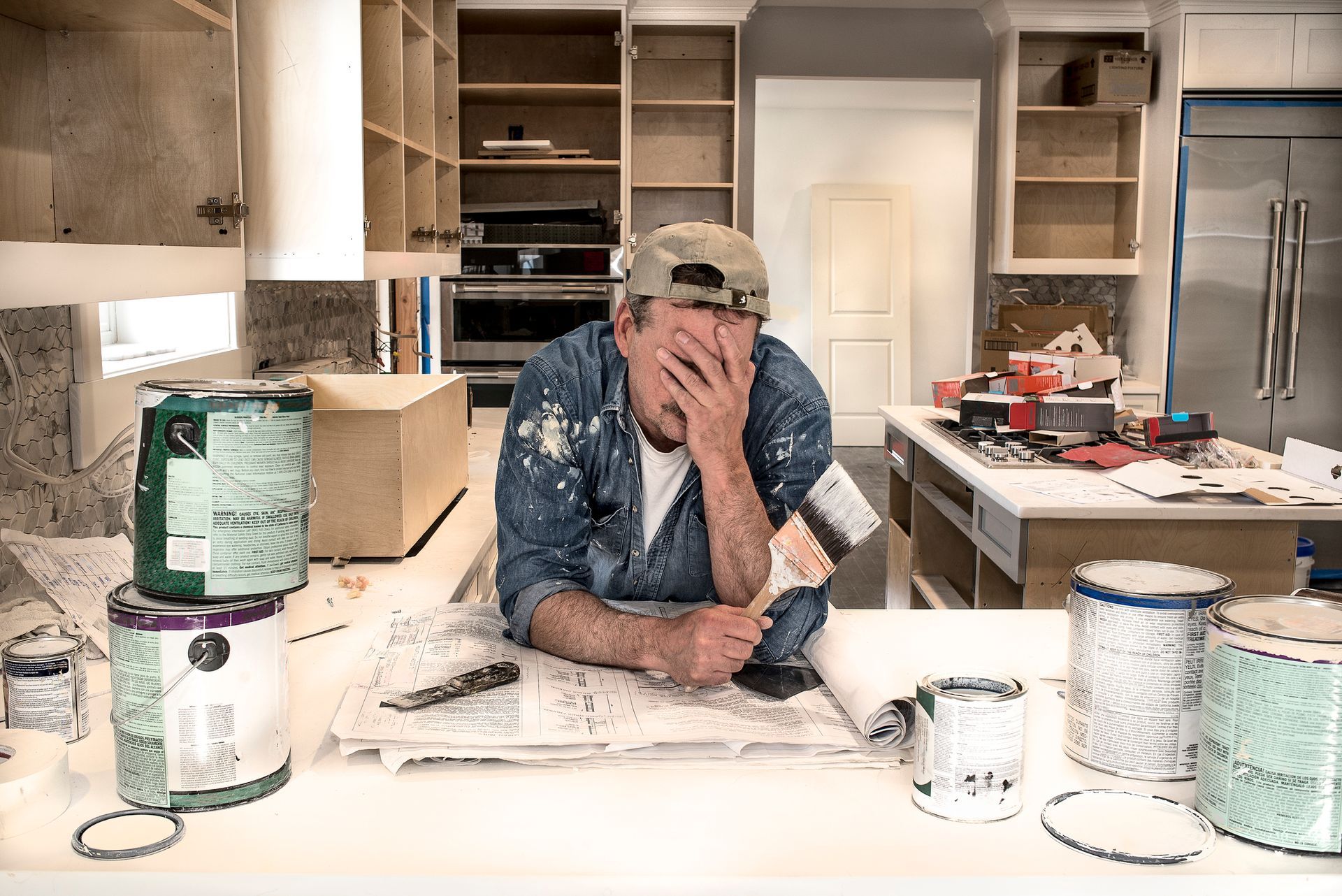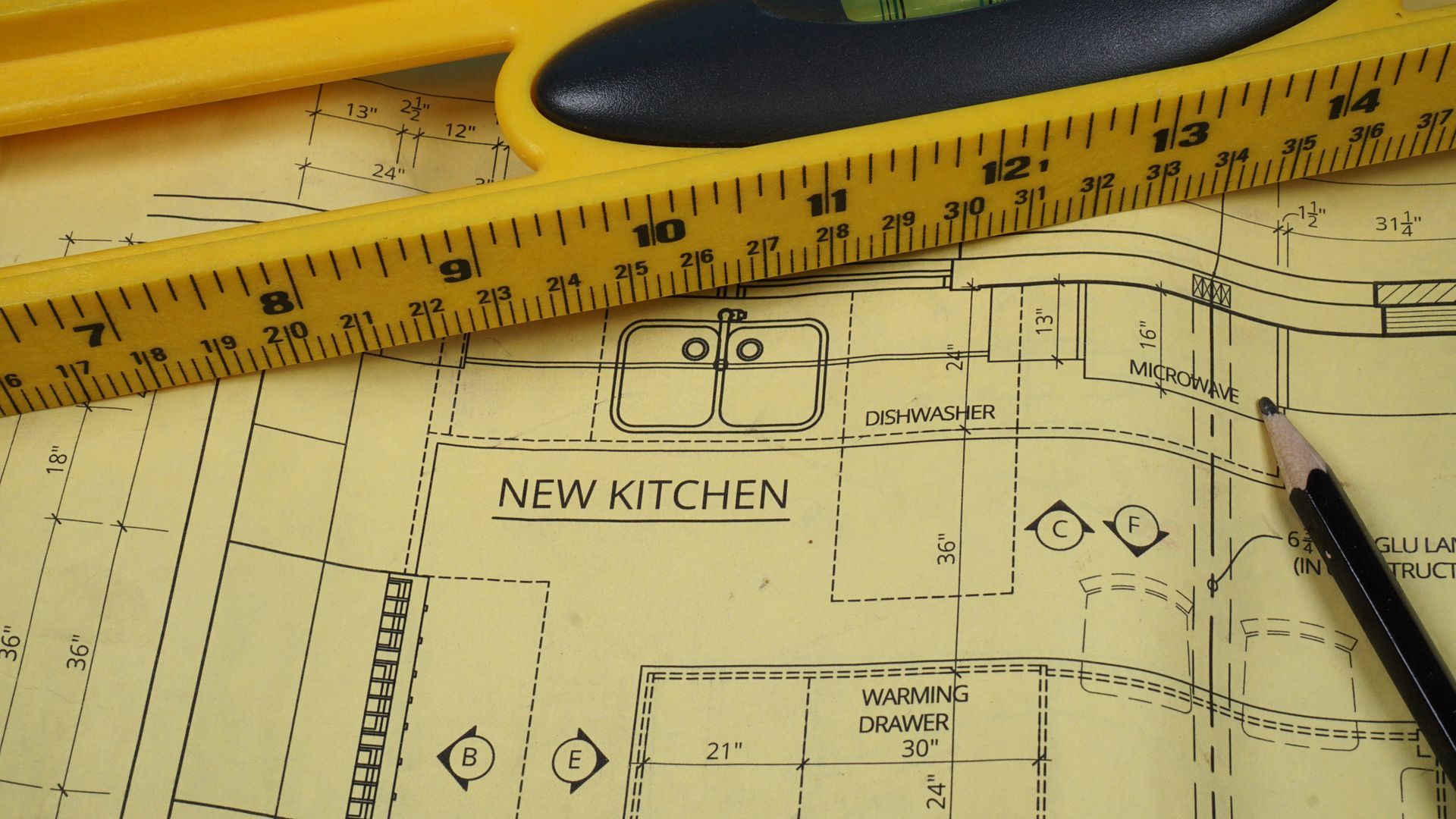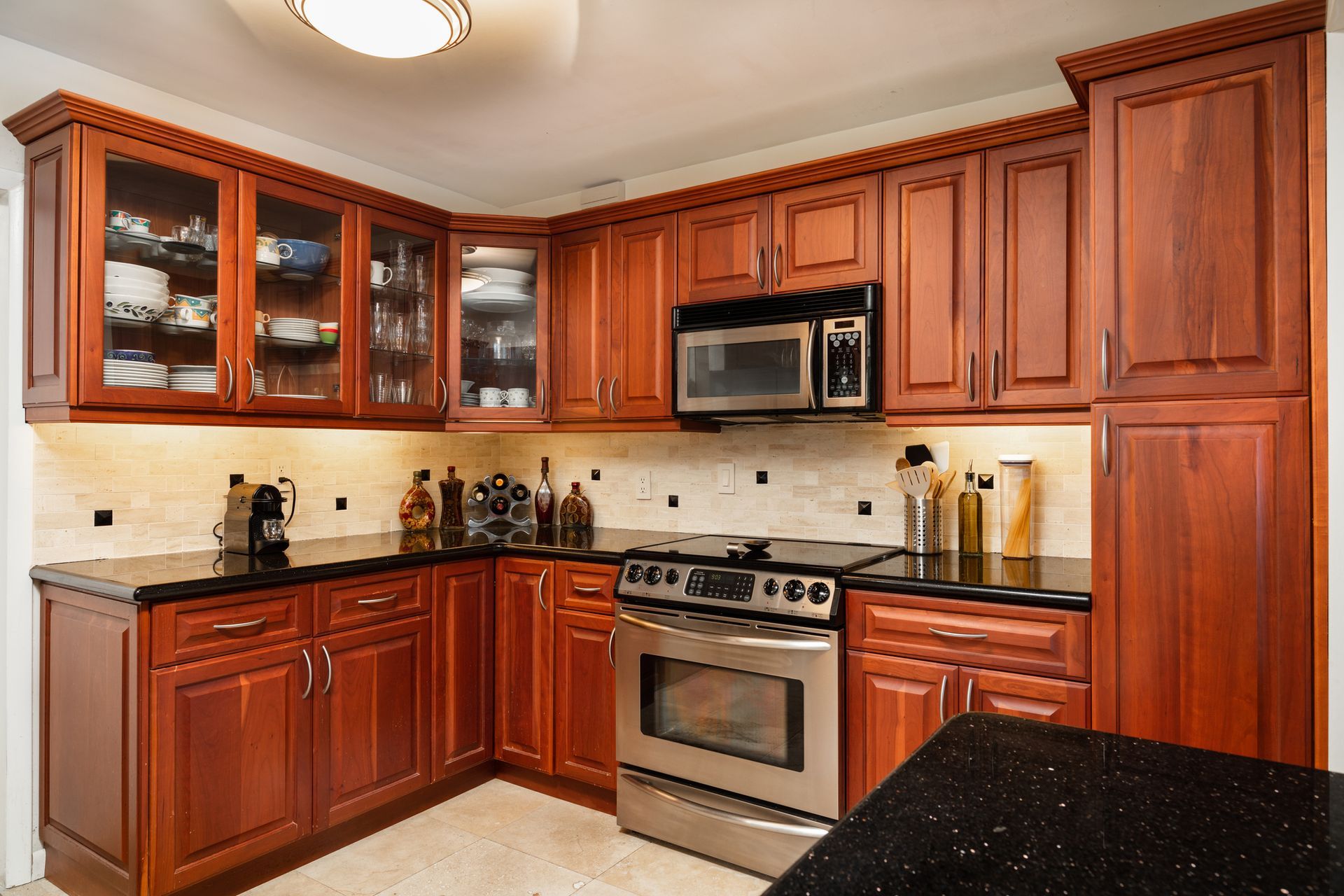Kitchen Islands: Match Or Contrast During Remodel?
If you're considering a kitchen remodel for your Pittsburgh home, chances are you've already started thinking about the design of your new kitchen. One element that is becoming increasingly popular is the addition of a kitchen island. Not only does it add functionality to your space, but it also serves as a focal point and can enhance the overall aesthetic of your kitchen.
But with so many options available, it can be overwhelming to choose the right kitchen island for your home. One aspect that often causes hesitation is whether to match your kitchen island to the rest of your kitchen or contrast it. In this article, we'll explore the various factors to consider when making this decision.
Benefits of Incorporating an Island into The Kitchen Design
Before we dive into the debate of matching or contrasting, let's first understand why incorporating a kitchen island in your design is beneficial.
Additional Storage: One of the main reasons people choose to add an island to their kitchen is for the extra storage space it provides. From pots and pans to small appliances, an island can have built-in cabinets and drawers that help declutter your kitchen.
Increased Counter Space: In a busy kitchen, having enough counter space is crucial. A kitchen island can provide you with additional surface area for meal prep, serving, and even seating.
Multi-Functional: Kitchen islands are extremely versatile and can serve multiple purposes in your kitchen. From being a cooking station to a breakfast bar or even a homework area for your kids, the possibilities are endless.
Designing Your Kitchen Island
There are several elements to consider when designing your ideal kitchen island, including:
Size and Orientation
First and foremost, you need to determine the size and orientation of your kitchen island. This will largely depend on the layout and size of your kitchen. If you have a smaller kitchen, you may opt for a smaller island more in line with the rest of your cabinetry. In this case, matching your island to the rest of your kitchen can create a cohesive look.
On the other hand, if you have a larger kitchen with ample space, you may want to consider a larger, more unique island. This is where the decision to contrast your island can make a statement. A contrasting island in a bold color or different material can add visual interest and break up the monotony of an all-matching kitchen.
Shape and Features
The shape and features of your kitchen island are also important factors to consider when deciding whether to match or contrast. A traditional rectangular island may lend itself more toward a matching design, while a curved or asymmetrical island may look better as a contrasting piece.
Additionally, the features of your kitchen island, such as built-in appliances or a sink, can also influence your decision. For example, if you have chosen a stainless steel refrigerator and range in your kitchen, a matching stainless steel island can tie the whole look together. On the other hand, a contrasting wooden or marble island can add warmth and texture to an otherwise modern kitchen.
Cabinetry and Paint
The cabinetry and paint of your kitchen island should also be considered when deciding whether to match or contrast. In general, if you have chosen to have different colored cabinets in your kitchen, a matching island can help create a cohesive look. If you have opted for all-white cabinetry, a contrasting island in a bold color or natural wood can add character and depth.
Similarly, the paint color of your kitchen island should complement the rest of your kitchen. A matching color or coordinating shade can seamlessly transition between the two areas. Alternatively, a contrasting color can add an unexpected pop of color and personality.
Countertop Options
Finally, let's talk about countertop options. Matching your kitchen island to the rest of your countertops is a classic choice and can create a clean and streamlined look. However, a contrasting countertop on your island can add dimension and texture to your space. This is particularly effective if you have chosen a neutral color palette for your kitchen.
Should I Match or Contrast My Island to the Rest of My Kitchen?
Ultimately, whether to match or contrast your kitchen island comes down to personal preference and the overall design of your kitchen. If you want a cohesive look, matching is the way to go. However, if you want to make a statement and add visual interest, contrasting can be an effective choice.
A few of the ways you can contrast are through the use of color, material, shape, and features. Try a contrasting paint color to serve as an accent and help the island stand out among the kitchen cabinetry.
In addition to adding a pop of color, you can also use a lighter color countertop or paint to contrast with your existing, darker countertops or paint colors.
If you want a more cohesive look, consider monochrome colors for your kitchen island. Look at your current kitchen color and choose lighter or darker shades of that color to create your island.
Should I DIY My Kitchen Island or Work With a Professional Kitchen Remodeler?
While it may be tempting to save money and build your kitchen island yourself, working with a professional can ensure that your island is not only functional but also aesthetically pleasing. A professional contractor or designer can help you make the best decision when it comes to matching or contrasting your kitchen island, as well as guide you through the entire design process.
Work with Obringer's Painting & Remodeling for Your Next Kitchen Remodeling Project
At Obringer's Painting & Remodeling, we specialize in kitchen remodeling in Pittsburgh and have years of experience creating functional and beautiful kitchen designs. Our team can help you choose the perfect kitchen island for your space, whether that means matching or contrasting. Contact us today to get started on your dream kitchen! So if you're looking for a professional partner in your kitchen remodel journey, look no further than Obringer's Painting & Remodeling. Our team will work with you to create a stunning and functional kitchen design that fits your style and budget.
So whether you choose to match or contrast your kitchen island, our experts at Obringer's Painting & Remodeling are here to bring your vision to life. Don't wait any longer; start your kitchen remodel in Pittsburgh today and elevate your cooking space to the next level!
Contact us today for a kitchen remodeling consultation!

Author: Derek Obringer
Owner & Founder of Obringer's Painting and Remodeling, Derek Obringer brings attention to detail, together with experience, and superior customer service into each and every home that his company does work.
Painting And Remodeling Blog




